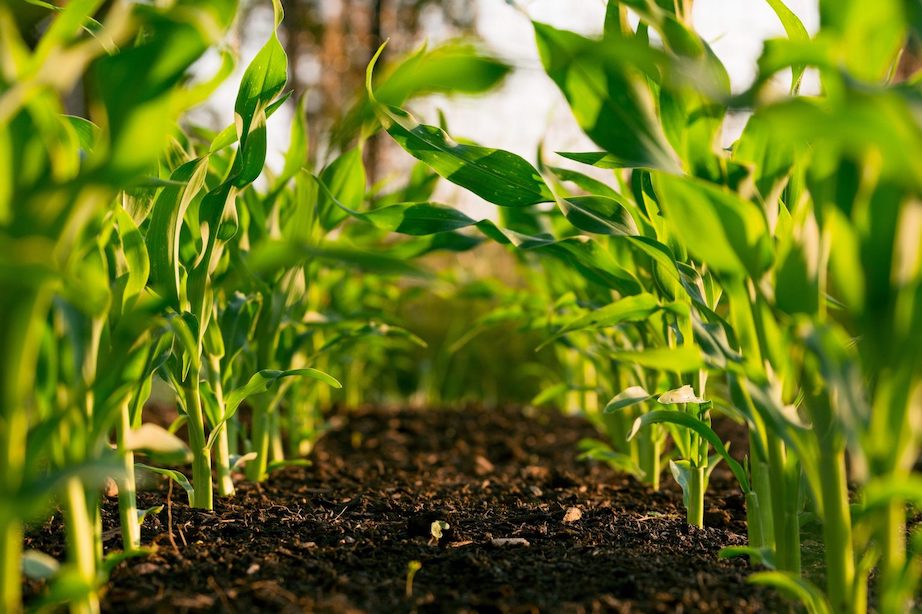Why regenerative agriculture is turning out to be a better option than age old traditional methods?
Reading time - 3 min.
Related Articles
Queen Victoria’s Ghost Still Runs Mumbai—And It Shows!
Mumbai handles a municipal budget exceeding ₹52,000 crores annually—larger than the GDP of several small nations. Yet this megacity of 20 million souls operates...
A village goes chemical-free: Inside Rajasthan’s first fully organic panchayat
At this challenging time, when dependency on chemical and pesticide has increased in India, resulting in decline in groundwater levels, and increase in health...
CSR News: Cyient Foundation Launches AI-Powered Skilling Hub to Drive Rural Employment in Andhra Pradesh
Cyient Foundation, the CSR arm of Cyient, announced the launch of ‘Cyient AI & Future Skills Hub’ at the Digital Bhavan, Pedamainavani Lanka in...



 With over 20 years of experience, Parijat has been serving as a Team Coordinator in Research and Advocacy at
With over 20 years of experience, Parijat has been serving as a Team Coordinator in Research and Advocacy at  Pranav holds a PhD in Economics from Jawaharlal Nehru University. He completed his bachelor’s degree at Delhi University and his master’s degree at Ambedkar University. He is currently working as a Research Associate with
Pranav holds a PhD in Economics from Jawaharlal Nehru University. He completed his bachelor’s degree at Delhi University and his master’s degree at Ambedkar University. He is currently working as a Research Associate with